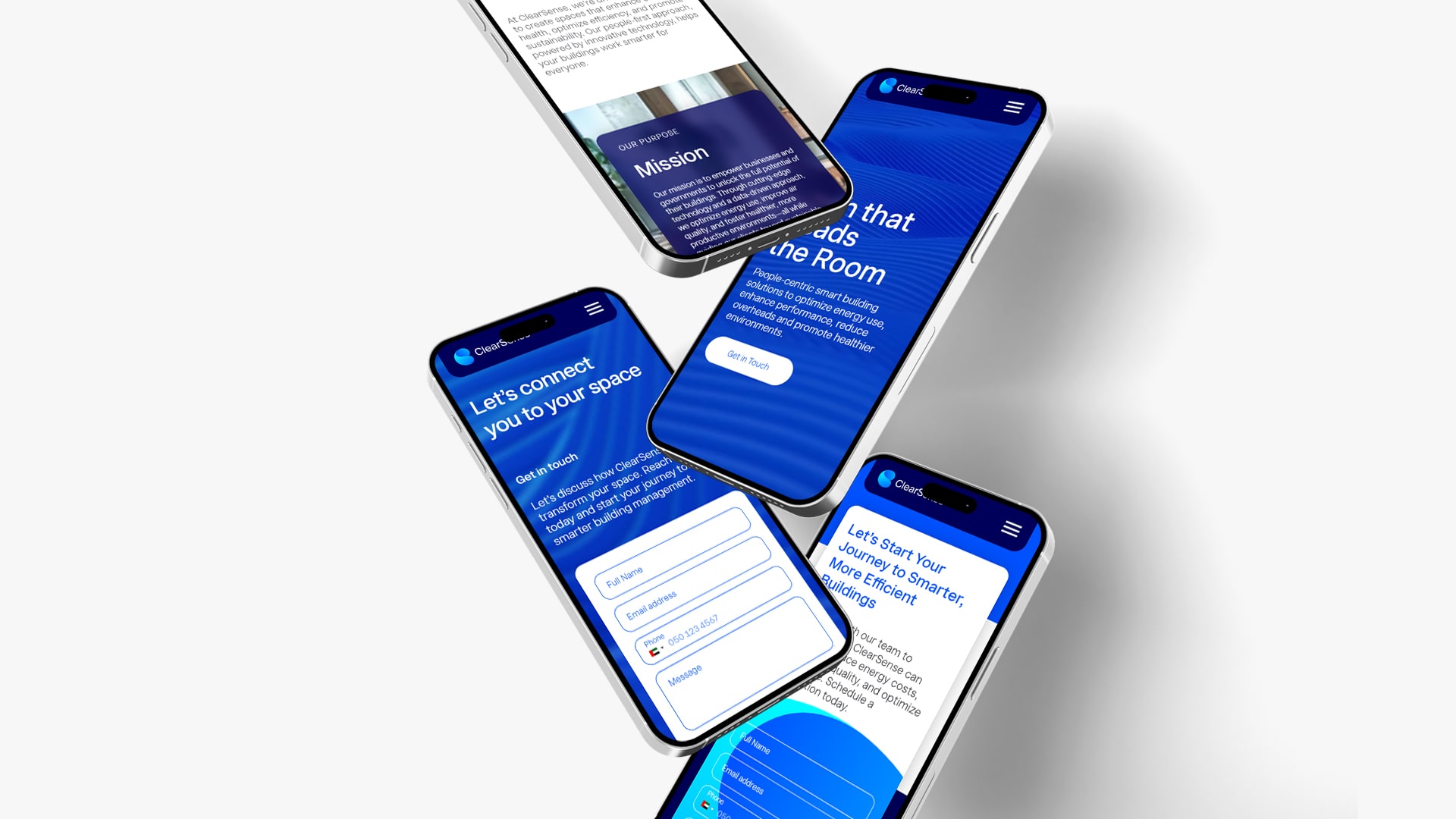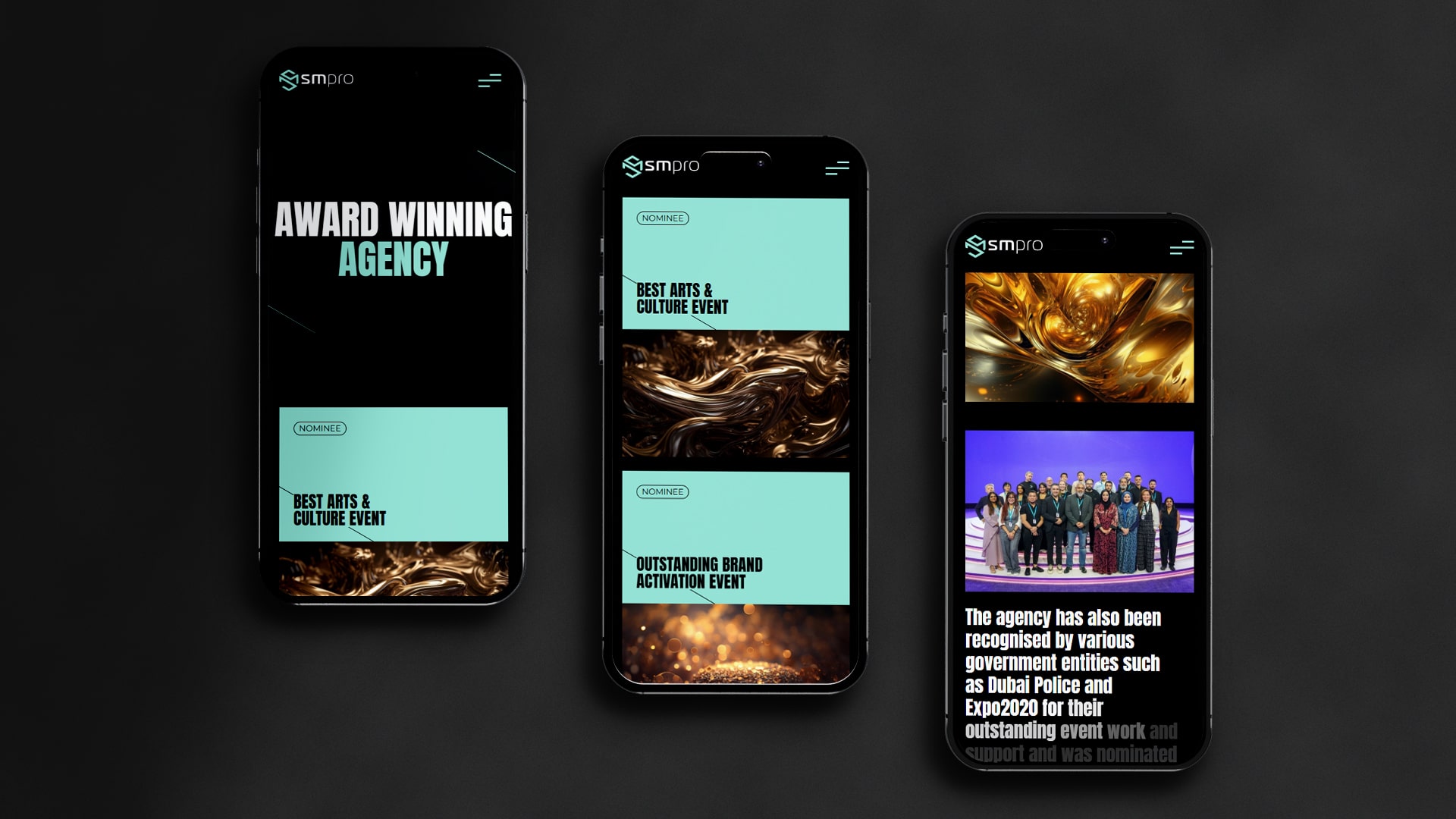If your website is filled with big, beautiful images, you already have one huge advantage: it looks beautiful and lively. But on the flipside, if those same images make your pages slow and invisible on Google, all that beauty quietly works against you. Let’s fix that.
This blog walks you through how to create image-heavy websites, such as portfolios, galleries, photography sites, and design showcases, that are fast, search-friendly, and genuinely fun to use. With each passing para, you will come to know how speed and smart SEO, and interactive content work together to boost visibility and conversions.

Why image-heavy websites struggle with SEO
- Big images look great, but they come with a few problems:
- Pages load slowly, especially on mobile or slow networks
- Search engines have less text to understand your content
- Users may bounce if a page feels heavy or clunky
That affects rankings, conversions, and even how people feel about your brand. The good news is that simple changes to speed, layout, and interactive content SEO can turn your site into a smooth, high-performing experience. Think of it as cleaning up your room, but for your website.
Step 1: Fix the basics – image formats, sizes, and lazy loading
Start with the foundations:
- Use modern formats
Prefer WebP or AVIF where possible. They give you great quality at much smaller sizes than old-school JPEG and PNG.
- Resize images properly
Never upload a 4000 px image if it only displays as 800 px wide. Use tools or plugins that generate multiple sizes and serve the right one for each device.
- Compress without fear
A slightly smaller, compressed image is better than a crystal-clear one that takes 8 seconds to load. Your visitors will notice speed more than tiny quality differences.
- Turn on lazy loading
Lazy loading means images below the fold only load when the user scrolls down. This keeps the initial load fast and improves the overall feel of the site. Better speed also supports dwell time SEO because users tend to stay longer on sites that feel snappy.
These small fixes already give your site a big boost in both speed and search performance.
Step 2: Give search engines more to read
Image-heavy pages often have very little text. That makes it harder for search engines to understand what the page is about. Try these simple tricks:
- Add short intro paragraphs at the top of key pages
- Use headings that describe what the gallery or portfolio section contains
- Write captions for important images
- Use descriptive alt text for accessibility and SEO
This is not about stuffing keywords everywhere. Think of it as explaining your images to someone who cannot see them. That helps both users and search engines.
Step 3: Add smart interactive content to your pages
Images are great, but interactive content can make your site feel alive. When you use interactive content SEO wisely, you give visitors more reasons to click, explore, and stay on your pages. That directly improves user signals that search engines care about, like engagement and time on page. Here are a few simple ways to do this:
- Add before-and-after sliders for design or photo edits
- Use interactive galleries where users can filter by category
- Add hotspots on images that reveal extra details when users hover or tap
Step 4: Use quizzes and calculators for websites that sell services
If your site promotes creative services, photography, design, or development, you can take the help of quizzes and calculators for websites, which can be powerful lead magnets. For example:
- “What style of logo suits your brand?” quiz
- “How much will a full-day wedding shoot cost?” calculator
- “What kind of portfolio layout fits your brand?” quiz
These ideas not only entertain but also hold your attention. Quizzes and calculators for websites capture attention, collect lead information, and help potential clients understand what they need and what more they also strengthen SEO and interactive content together.
Step 5: Think about content experience design, not just content
You may already know about keywords and meta tags. The next level is content experience design. That simply means thinking about how your content is experienced, not just what it says. On an image-heavy site, content experience design focuses on:
- Smooth scrolling with no janky jumps
- Visual hierarchy should be clear so users know where to look
- If the navigation is simple, people will never feel lost
- Interactive elements that feel natural instead of distracting
When SEO and interactive content align with a clean layout, your pages feel more professional and trustworthy.
Step 6: Turn engagement into a proper user engagement strategy
Random interactions are nice. A proper user engagement strategy is better.
Instead of throwing in sliders and effects everywhere, think about the journey:
- What should visitors do first on a portfolio page
- What should they do next
- Where should they end up
Use the interactive tools on website pages with intention. For example, an interactive tool on website homepages could help visitors choose whether they want to see services, case studies, or galleries first.
The impact of interactive content becomes clear when it supports these journeys. It guides visitors toward contact forms, pricing sections, or booking pages without feeling pushy.
Step 7: Speed-friendly motion and animation
Nice motion can bring your work to life, especially on creative sites. You just need to keep it light.
Interactive motion design can highlight important content, bring focus to CTAs, and make scrolling feel smoother. Just make sure it does not block content, drag performance down, or make visitors dizzy.
Use small, subtle animations around buttons, hover states, and image transitions. This keeps things interesting while your pages stay quick and responsive.
Step 8: Expand beyond the website
Your website does not live alone on an island and by that we mean isolation. Social posts also affect how people discover your work. You can extend your user engagement strategy by repurposing parts of your interactive experiences for social posts. For example, share snippets of your quizzes as polls or short “this or that” stories. This kind of engagement interactive post for social media, encourages users to click through to your site to see more.
The more your content travels, the more people search for your brand, which can indirectly support your rankings.
Step 9: Tie it back to SEO performance
All these ideas support SEO in practical ways that is simple for even SEO beginners to understand
- A faster website speed keeps bounce rates low
- Better structure and text help search engines understand your pages
- Interactive content SEO encourages more clicks and more internal navigation
- A thoughtful user journey improves dwell time SEO by keeping visitors around
Winding Up
If you want help putting all this into action, consider partnering with a web design company in Dubai, such as GTECH, that understands both visual storytelling and performance. With the right support, your website can look stunning, load quickly, and convert visitors into loyal clients without sacrificing style.
Related Post
Publications, Insights & News from GTECH








